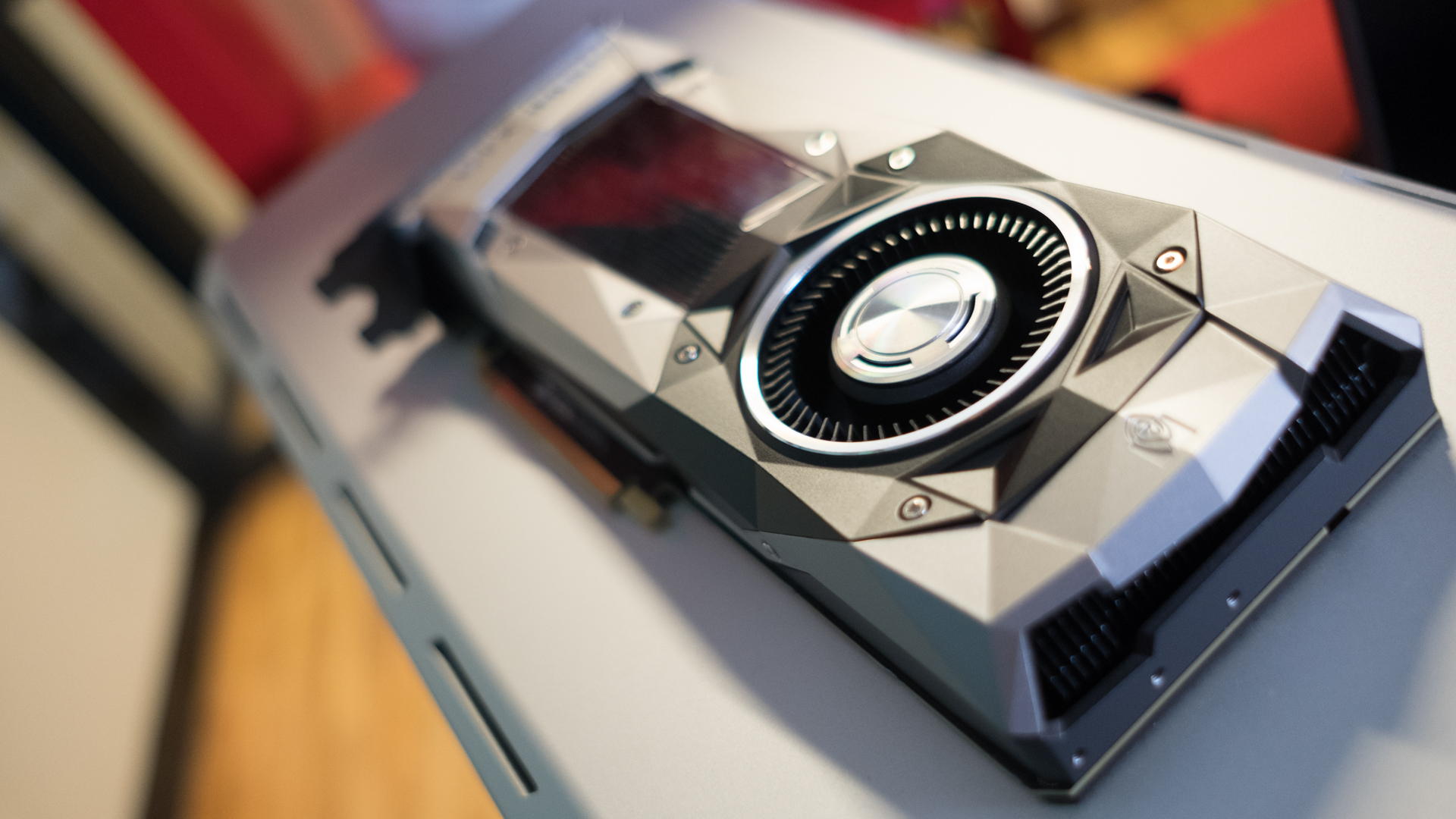Huge flood in China could put an end to falling graphics card prices
Natural disaster has affected cryptocurrency miners in Sichuan province

Serious flooding in the Chinese province of Sichuan has disrupted cryptocurrency mining operations located there, which could potentially have something of a knock-on effect in terms of increased demand for graphics cards, to replace boards which have been damaged.
This could be bad news for the average consumer in terms of GPU pricing, but to explain why, we need to take a couple of steps back, and look at the overall picture.
Essentially, this is another unpredictable variable that is being thrown into the currently complex equation of supply and demand in the graphics card market. Right now, there’s reportedly a big surplus of GPU stock, certainly in Nvidia’s case, as the firm apparently overestimated demand from cryptocurrency miners.
Now, this excess has to be shifted before the next-gen cards can come out – otherwise they will be forever gathering dust on the shelves – and as we reported earlier this week, this has led to speculation that GPU prices could drop by around 20% over the course of July, to get that stock sold. Great news for consumers, right?
Well, that’s where this flood could seriously muddy the waters. As the China-based Economic Daily News reports (via DigiTimes), no less than 70% of the cryptocurrency mining systems in China are located in Sichuan, where the serious flooding has occurred.
Apparently ‘tens of thousands’ of mining systems have been damaged, and this can be seen in the global statistics for Bitcoin mining output (hashrate), which has dropped from 43TH/s last week to around 30TH/s (as PCGamesN observes).
That underlines the apparent extent of the effect of this flood, and it means that there is expected to be a short-term surge in orders for replacement ASIC systems (dedicated mining rigs) and graphics cards for those mining using traditional PCs.
Get daily insight, inspiration and deals in your inbox
Sign up for breaking news, reviews, opinion, top tech deals, and more.
And we’ve all seen what spikes in cryptocurrency mining demand can do to the GPU market, as not so long ago, retail prices were massively inflated by such pressures.
Gauging the impact
That isn’t to say this incident will have nearly the same impact. Firstly, we don’t know how much truth is in these reports of damage, although the global Bitcoin mining hashrate would seem to back them up.
Secondly, if it is Bitcoin operations which have been mostly hit – as other virtual coins haven’t seen such an impact by all accounts – then the damaged hardware is likely to be mainly ASIC rigs, which are far more efficient when it comes to Bitcoin, as opposed to PCs bristling with GPUs.
So the net result is that demand might not surge as much for graphics cards, but the worry is there could still be some traction in this respect, and that could put a dampener on the prospect of reduced GPU prices that we reported on earlier this week.
Any effect will only have a bearing on the short-term, however, and who knows – maybe clearing down some of that GPU inventory won’t be a bad thing in terms of potentially seeing Nvidia’s next-gen cards a little sooner than we otherwise might.
Perhaps more than anything, what this episode really underlines is the volatility of the cryptocurrency mining world, not just in terms of wild value fluctuations, but other external forces like natural disasters. And unfortunately, the mining arena is now tied to the GPU market, and its volatility has an impact on the latter, too.
- These are the best graphics cards you can buy in 2018
Darren is a freelancer writing news and features for TechRadar (and occasionally T3) across a broad range of computing topics including CPUs, GPUs, various other hardware, VPNs, antivirus and more. He has written about tech for the best part of three decades, and writes books in his spare time (his debut novel - 'I Know What You Did Last Supper' - was published by Hachette UK in 2013).